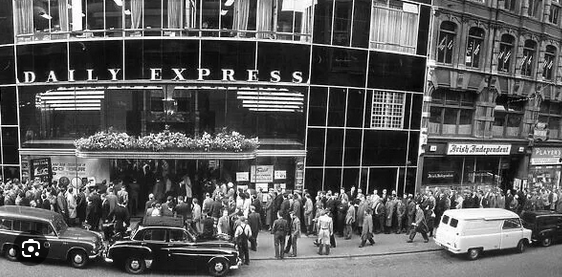The economic benefits of agglomeration – learning, sharing and matching – have long been recognised as driving the growth of cities. In conventional transport economic analysis such benefits comprise the main part of the ‘wider impacts’, over and above transport user benefits. This process of concentration of economic activity in city centres has been in part a consequence of the shift of economic activity from manufacturing to business services, and has taken place despite the development of information and telecommunication technologies in recent decades that has allowed remote working. The inference has been that the positive benefits of agglomeration have outweighed the negative aspects such as higher rents and commuting costs.
The coronavirus put this inference to the test. Many employees who did not need to deal with clients face to face successfully worked from home and have proved reluctant to return full time to the workplace, not least because the successful development of broadband and Zoom, Teams etc for remote meetings. This is leading to changes in the demand for city centre office space, for instance at Canary Wharf in London’s Docklands.
We have seen a previous technological development that shifted the balance between the centripetal and centrifugal forces underlying observed agglomeration clusters. Fleet Street was once the physical location of the national newspapers in central London, with printing presses in the basements, print workers on floors above and editorial staff on the upper floors. This was a classic cluster, with benefits from shared facilities and staff, allowing news to travel faster and gossip to flourish. But there were offsetting disbenefits: newsprint had to be brought into central London, from which newspapers were distributed across the country overnight, and there were restrictive labour practices reflecting trade union power when the product had to be made anew each day. However, the advent of digital typesetting allowed newspapers to be printed at remote printworks with better access to transport networks, so that the editorial offices could be disbursed to scattered locations around London. Nowadays, ‘Fleet Steet’ is a metaphor for the newspaper industry, no longer to the actual location. With hindsight, the agglomeration benefits and disbenefits were more finely balanced than had been supposed, so that new technology could tilt the balance in favour of dispersion of the cluster.
A question is whether advances in technology and the experience of the pandemic have led to a tipping point in what had seemed to be a continuing process of city centre concentration, so that a more dispersed pattern of economic activity will develop. It will take time to see what use is made of the space freed up by major businesses leaving Canary Wharf and downsizing office accommodation. Possibly lower rents may attract other businesses that previously could not afford central locations. Repurposing is also possible to create residential accommodation, hotels, laboratory space and the like. The implications for travel demand and supply take time to become clear. It is paradoxical that firms are leaving Canary Wharf just when the opening of the Elizabeth Line has improved its connectivity to central London and to Heathrow.

